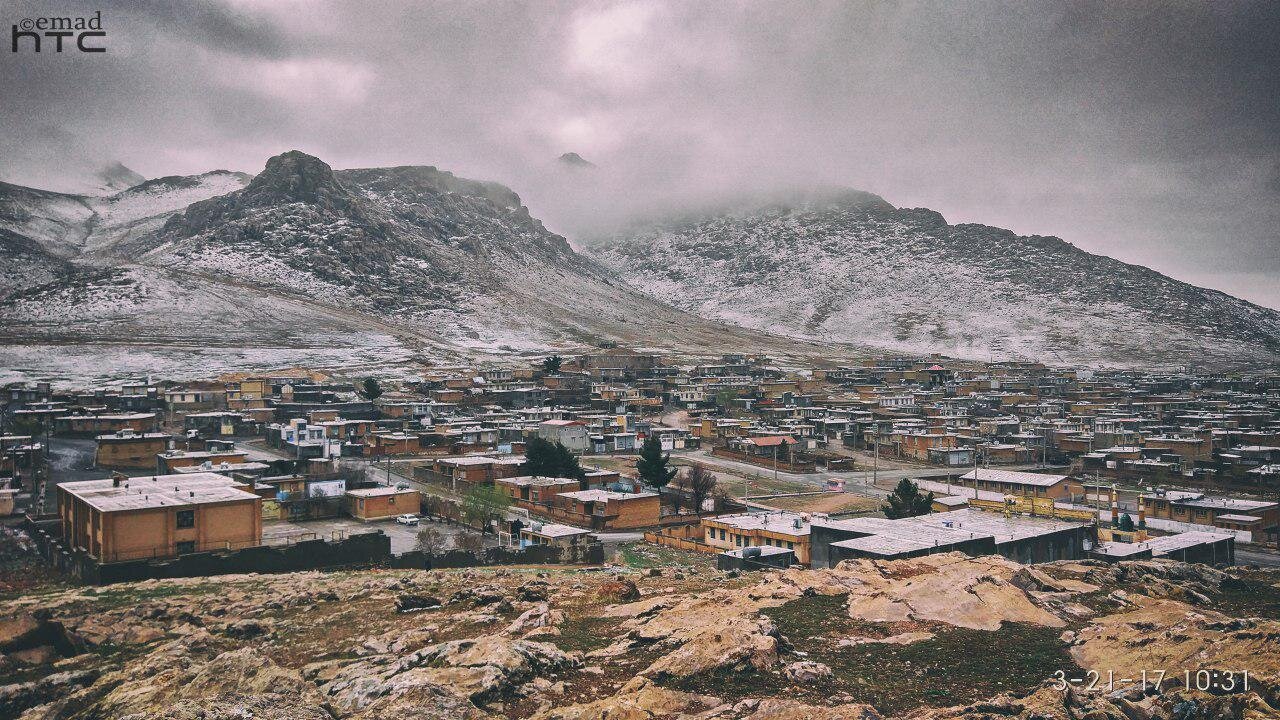10,000-year-old remains of early Neolithic herders found in western Iran

TEHRAN – A new survey conducted on remains discovered from Tappeh Qazanchi, a 13m archaeological mound in western Iran, suggests they belong to early Neolithic herders who lived some 10,000 years ago.
To determine the precise timing of the Neolithic settlement on the site, five wood charcoal samples were dated using the radiocarbon method. The results indicate that the settlement dates back to the second half of the 9th millennium BC, according to an article recently published in the Iranian Journal of Archaeological Research.
Situated northwest of Kermanshah, Tappeh Qazanchi was excavated in 2019 under the direction of Marjan Mashkour and Hosein Davoudi. Over the past four years, a team of specialists in archaeology including lithic industry and pottery specialists together with specialists in plant and animal remains (Archaeobotany and Archaeozoology) and earth sciences (Geoarchaoelogists) and other professionals, have examined and studied the archaeological remains collected during the testing of this site, the article said.
Paleoenvironmental studies of the area have shown that between 10,000 and 10,500 years ago, a settlement was formed on a low mound near the Qarasu River in a wetland environment. The study of the animal bones found shows that the inhabitants of Qazanchi kept domestic herds of goats.
Additionally, turtle remains and riverine food resources such as fish, crabs, and bivalve mollusks were also part of the animal exploitation. The study of plant remains, including charcoal and charred seeds, revealed that wild almonds, pistachios, and wild wheat were also part of the diet of this early Neolithic community.Several sedimentary cores, with a depth of five meters, have revealed that the area surrounding this settlement consisted of wetlands that were frequently inundated with water throughout most seasons of the year. This was primarily due to the presence of two karst springs and floods associated with the Qarasu River. Due to the absence of specific architectural remains, such as wall bases, as well as the presence of a significant amount of ash remains, trampled surfaces, and other evidence, it appears that this natural mound, located next to the river, was used as a seasonal dwelling by early herders.
These herders likely constructed huts using reeds and branches for their homes. These early herders likely settled in this area during the spring, summer, and early autumn seasons, when the site was not flooded.
They utilized the nearby pastures for their livestock and relied on the river for food sources and wild plants. During the colder seasons, they would migrate to lower-altitude areas in the foothills of Zagros.
Traces of use on the edges of the flint tools found indicate that they were used to cut reeds and other plant material. These stone tools were made of blades, which were typically attached to wooden or bone handles using adhesives like bitumen and tree gum mixed with ash. In addition to the remains of the Neolithic period, pottery shards from later settlements associated with the late Chalcolithic Age and the Middle Bronze Age have been discovered in these excavations. The contemporary Neolithic settlements in the Kermanshah region are Tepe Asiab and Sheikhi Abad, both of which have been excavated. Tepe Asiab, like Qazanchi, is located next to the Qarasu River, and part of the diet of its residents consisted of freshwater bivalve mollusks.
AFM
Leave a Comment